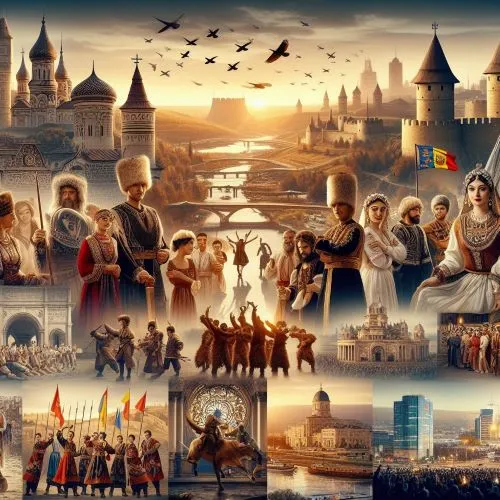The History of Moldova: A Tapestry of Cultures and Empires
The History of Moldova: A Tapestry of Cultures and Empires Moldova, a small but historically rich country nestled between Romania and Ukraine, boasts a complex history shaped by numerous cultures and empires. Its strategic location in Eastern Europe has made it a crossroads of civilizations, each leaving a mark on the nation's identity and heritage. Ancient Roots and Medieval Beginnings The history of Moldova begins with the Dacians, ancient inhabitants of the region, known for their farming skills and metalwork. The area was later part of the Roman Empire, which left a lasting influence on the local culture, particularly in terms of agricultural practices and the Latin language, which laid the foundation for the Romanian language. In the Middle Ages, Moldova emerged as a distinct political entity with the establishment of the Principality of Moldavia in 1359 under the leadership of Bogdan the Founder. This principality, while occasionally paying tribute to larger powers like the Ottoman Empire, managed to maintain a significant degree of autonomy and developed a rich cultural and religious life. Ottoman Influence and Russian Annexation By the late 15th century, Moldavia became a vassal state of the Ottoman Empire, which influenced the region's politics, economics, and culture for the next few centuries. Despite this, Moldavia retained its own princes and internal autonomy, including the continuation of the Orthodox Church.

Contact us
contact@flocipmill.com